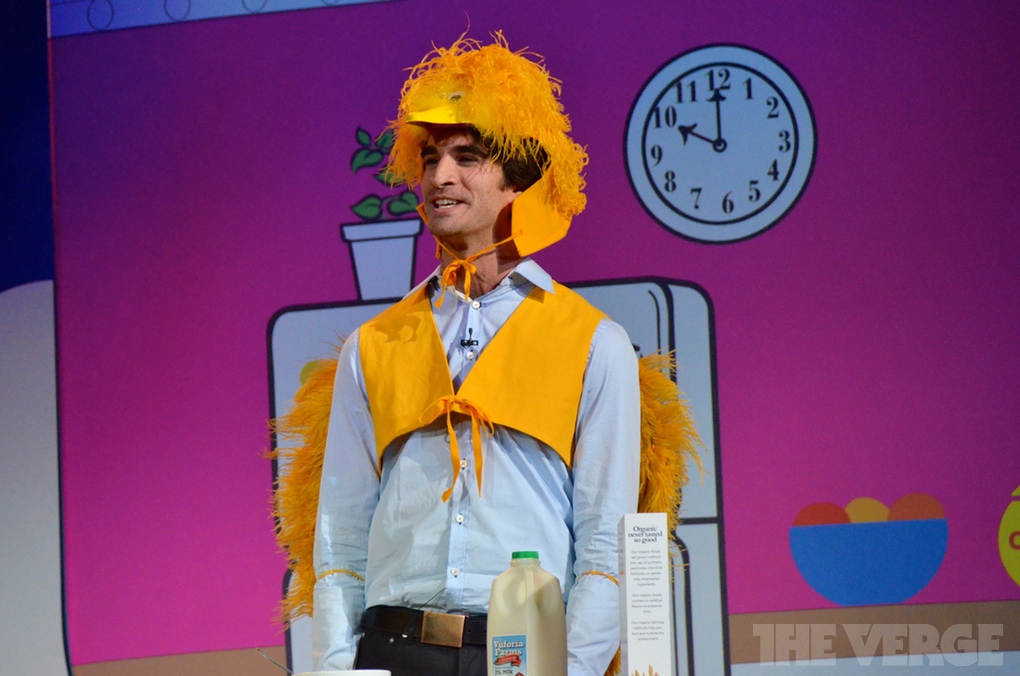[
Update: somebody really should make an economical 5/6-inch tablet (with a good screen). It ridiculous that you have to pay many hundreds for a Galaxy Note if you only need the tablet/ereader part.]
Apple Refuses to Make the Device That's Taking Over the World, article.
One category of mobile device will blow away all others in the pace of its growth, expanding 70% in each of the next three years and yielding a $135 billion market by the end of 2015. Vendors will move 142 million units of this device in 2013 and up to 402 million by 2015, project analysts at Barclays. That's more than three times the number of iPhones sold in 2012.

Now, that is a
very bold prediction indeed, and I don't have the balls to join in. But I will say that this is a very important mobile size area, and Apple should make one, and
I have said so more than once before.
I got the first one, Samsung Galaxy Note 1, right from the beginning, and sharp readers will recall that I loved it, and still do (though it runs Android, which I'm still vaguely lukewarm on). It's a joy to hold and use.
It's very simple: we all love our smart phones. Actually, we don't
all. I've also said for years: the iPhone is simply too small to be really useful for web and reading use. I got an iPod Touch before I got an iPhone, and the Touch quickly got put in the drawer. Too small.
That's the miracle of the big-phone (almost as bad a word as "phablet", I admit): it is almost as portable as a regular phone, but it is
vastly more useable for the majority of tasks which we may use it for, not the least the web and e-reading (video too). In fact it is fantastic for those, and yet it fits in a medium-sized pocket or in any purse. It's the best possible e-reader which is really portable. (OK, it's backlit, but the screen is way sharper than even the Kindle Paperwhite's updated resolution.)
When I go out I "have to" bring both my iPhone and my iPad (Mini). I would bet that if and when Apple makes a 5-6 inch phone, that will often be the only one I need and want to bring. And indeed there are already rumors of the next iPhones coming in two sizes, "Large" and "Cheaper". We'll see.
By the way, the iPhone's Retina display is 326 pixels per inch. But Sharp is already making a big-phone screen which is an incredible 440 ppi, and it's selling like hotcakes, reportedly. I don't really get it, I think anything over 300 ppi is overkill (the iPad Mini's is 'only' 163 ppi, and it is very good), unless you have eyes like an eagle and needs like an ace programmer. (On a phone?) But there you have it. At least it joins the arrows pointing to the big-phone category being very important. (Oh: the Samsung Note sold 10 million in the first year, and the Note 2 is doing even better!)
------
By the way, why are phones so much more expensive than tablets? 7-inch tablets are now under $200, but contract-free high end phones like iPhone and Note are still over $500 (450 Pounds Sterling here in UK). Is a talk chip really that much more expensive than a data chip?


